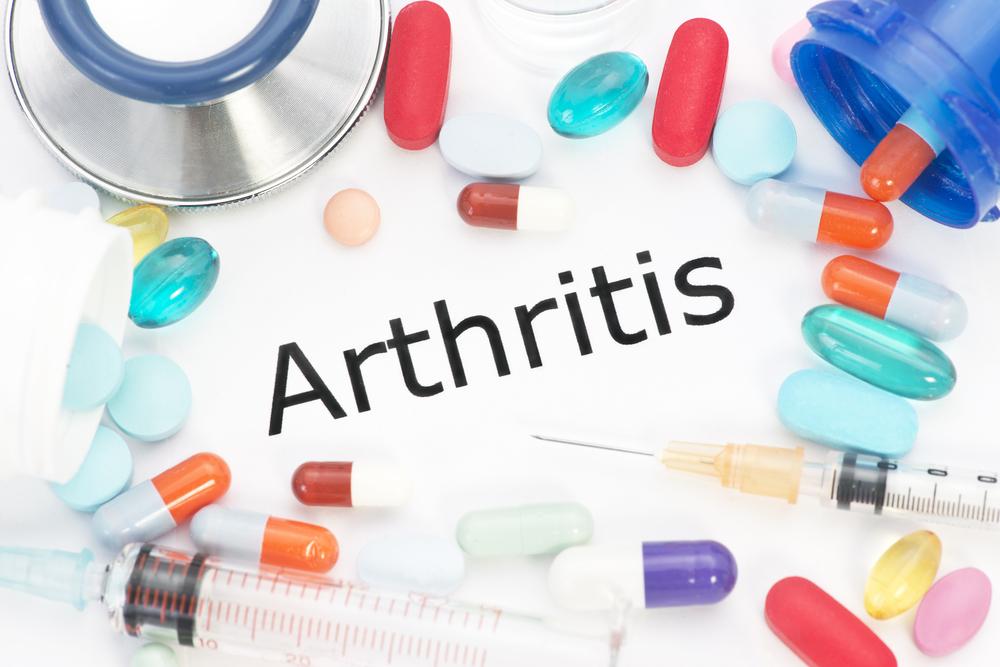Introduction and Pathology of Osteoarthritis
Osteoarthritis (OA) is the most common form of arthritis. OA is a chronic disease characterized by the breakdown of joint cartilage and underlying bone. Nearly 15% of the world’s population suffers from this disease. It is most common among joints in the lower extremities such as the knees and hip.
The chances of a person developing OA in their lifetime is 40-47%. This risk is even higher in obese populations and athletes.

OA can occur in virtually any joint. Approximately 7% and 19% of adults with OA experience the disease in their hands or knees. There is a higher prevalence of OA in in women.
Pathology of Osteoarthritis
OA affects three major components of the joint: the articular cartilage, subchondral bone, and the synovial membrane. Each of these structures contribute to the integrity of the joint.
Articular Cartilage Pathology
The articular cartilage covers the ends of the bones where they meet. This cartilage consists of a matrix of proteins and molecules that support the tissue. The matrix components are synthesized and secreted by cells called chondrocytes, which are also embedded in the matrix. The balance between the breakdown and repair of the matrix is essential to the health of the articular cartilage. OA occurs when there is an imbalance in the breakdown and synthesis of the matrix.
While it is not known what causes this imbalance, there are several hypotheses. The largely supported theory is that trauma to the area causes inflammation which results in an increase in enzymatic activity. The enzymes generate particles in the joint (called wear particles) which are later removed by the immune system (Wang, Peng, Vasiliev, & Ketheesan, 2013). Chondrocytes in deeper layers of the cartilage grow to compensate for the imbalance. When the number of wear particles becomes too high for the immune system to clear, these particles stimulate chondrocytes to release degradative enzymes. Wear particles can also cause the macrophages that remove them to release pro-inflammatory cytokines. The cytokines bind to chondrocyte receptors and cause further release of degradative enzymes and inhibit production of cartilage components such as type II collagen. This imbalance in matrix breakdown and synthesis results in an imbalance in the composition of the matrix, by increasing its water content and reducing its protein content. These changes make the matrix weaker resulting in the cartilage becoming soft and thin, contraction of superficial cartilage layers, and fissure formation. The thinning of the articular cartilage leaves the subchondral bone underneath totally exposed (Man & Mologhianu, 2014).
Subchondral Bone Pathology
The subchondral bone is located underneath the articular cartilage. It functions to absorb the shock experienced during movement. This portion of the bone consists of a subchondral bone plate (made of cortical bone) and a deeper trabecular bone and bone marrow space. The subchondral bone is altered through bone modeling and remodeling. However, during OA, these processes are affected. It is unclear whether changes in the articular cartilage during OA precede subchondral bone pathology or occur simultaneously.
Bone marrow lesions form which lead to the development of cysts in the subchondral compartment. The accumulation of cysts causes an increase in the subchondral bone plate thickness and formation of bone protrusions at the edges of the joint called osteophytes (Madry, van Dijk, & Mueller-Gerbl, 2010). Some patients also lose their trabecular tissue. Advanced stages of the disease are marked by severe remodeling in areas with extreme cartilage destruction. Bone necrosis is often observed as well. When the cartilage has been completely removed, the synovial fluid (the fluid surrounding the joint) reaches the bone marrow leading to the development of bone cysts.
OA also increases the level of type I collagen. Type I collagen causes abnormal mineralization (a process in which minerals are included in the bone matrix to increase bone rigidity) that leads to hypomineralization of the subchondral bone. These changes reduce the subchondral bone’s capacity to absorb forces from movement, and thus leaves the joint vulnerable to articular surface deformation.
Synovial Membrane Pathology
The synovial membrane is the synovial fluid-filled connective tissue that lines the inner surface of the joint. Like with the subchondral bone, it is not clear whether changes to the synovial membrane during OA are a response to the other changes previously mentioned or occur as primary changes of OA.
During OA, the synovial membrane lining thickens and more inflammatory cells infiltrate the membrane, especially in later stages of the disease. Several factors that promote the pain associated with OA are produced in the synovial membrane. Synoviocytes (cells similar to macrophages) produce pro-inflammatory cytokines, such as interleukin-1β, -6 and TNFα, which are believed to be the main mediators of OA pain. Synovial tissue also contains high levels of osteopontin, a cytokine whose expression is correlated to OA disease severity (Hasegawa, Segawa, Maeda, Yoshida, & Sudo, 2011). Synovial cells also produce proteolytic enzymes capable of degrading cartilage and promoting the development of hyperplasia.
Meniscus Pathology
The meniscus is a thin fibrous cartilage between the surfaces of the joint. This tissue is typically torn, fragmented, or completely destroyed in OA. Thus meniscal degeneration is fairly common in OA. Degeneration begins in the deeper layers of the tissue and works its way out to the articular surfaces.